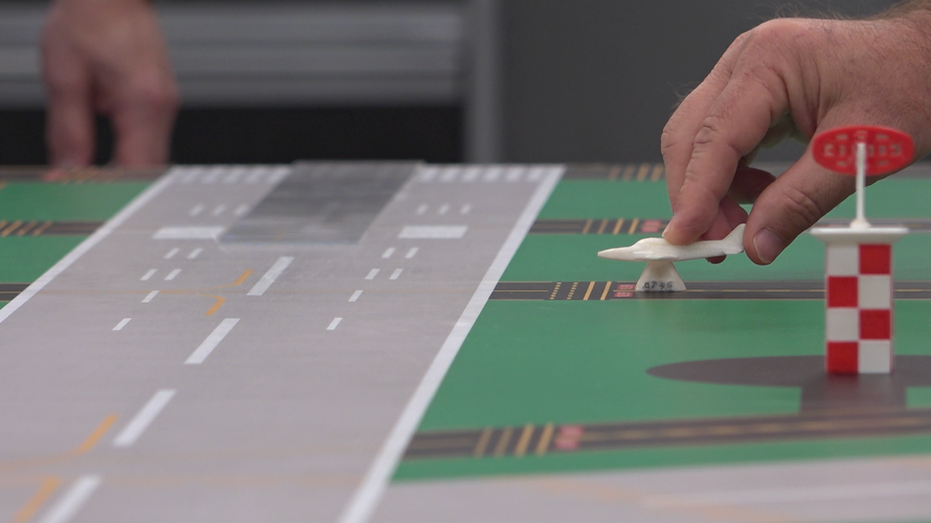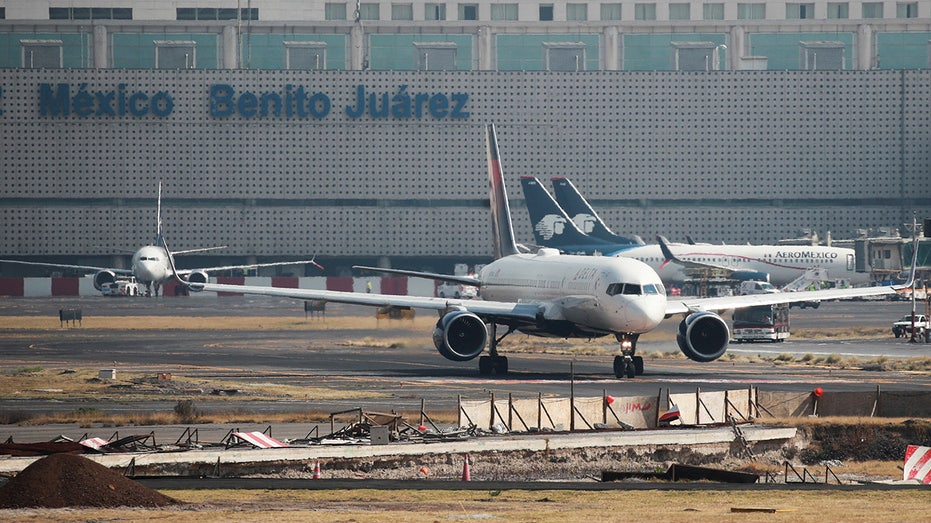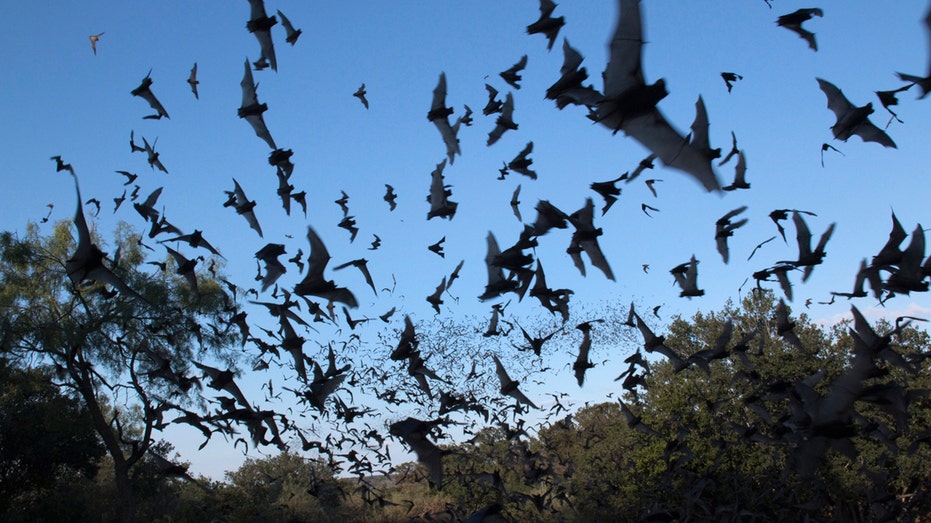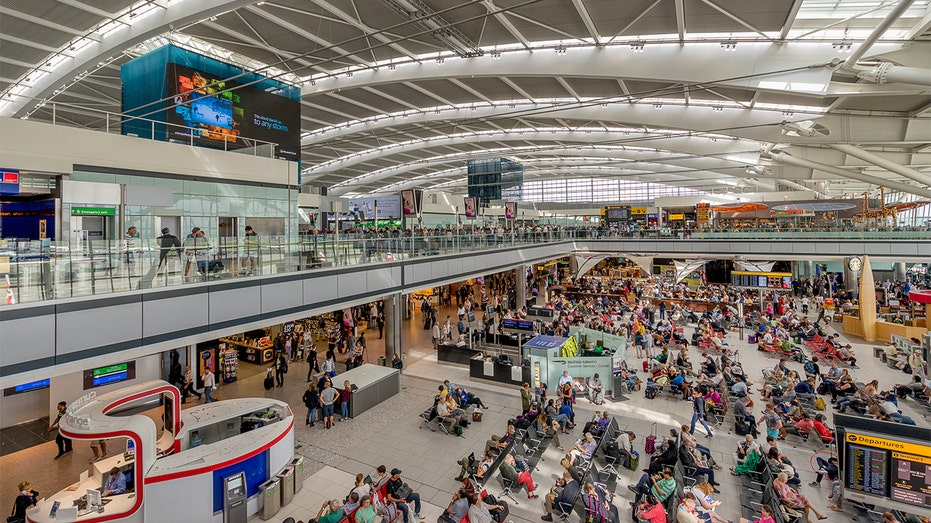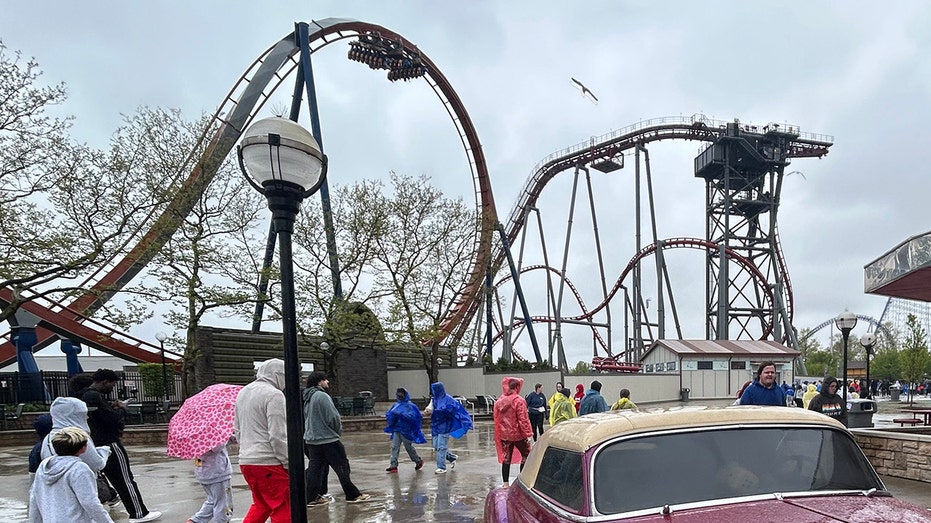FAA’s High-Flying Race to Train 2000 Air Traffic Controllers Amid Shortage

Sarah Johnson
July 14, 2025
Brief
FAA races to train 2,000 air traffic controllers by year-end, using cutting-edge tech and a $12.5 billion initiative to address nationwide shortages.
The race is on to fill the skies with skilled hands as the Trump administration accelerates efforts to tackle a critical shortage of air traffic controllers. With a bold target of hiring 2,000 new controllers by year-end, the Federal Aviation Administration (FAA) is pulling out all the stops, and it looks like they’re cleared for takeoff.
At the FAA’s training hub in Oklahoma City, cutting-edge simulation tech is giving trainees a front-row seat to the high-stakes world of tower operations. This isn’t just a game—these simulators are shaving weeks off certification times, putting the FAA on pace to hit their ambitious goal by mid-September. As FAA Vice President of Mission Support Chris Wilbanks puts it, mastering the art of guiding pilots with precision isn’t second nature. “Keying up, telling an aircraft to do something... it’s learning that phraseology,” he says, emphasizing the life-or-death clarity needed in every instruction.
Trainees dive into a rigorous program—30 days of basics followed by six to eight weeks of specialized tower and radar training. It’s intense, but as Wilbanks notes, the reward is profound: “You impact people’s lives. They make it to their destination safely... they don’t know who got them there, but it’s you.” That invisible heroism is what keeps the skies humming, even as staffing shortages earlier this year led to frustrating delays at busy hubs like Newark, New Jersey. The FAA is keeping a close eye on these trouble spots, with new simulations tailored for places like Newark to address the crunch.
Driving this urgency is Transportation Secretary Sean Duffy’s Supercharge Initiative, backed by a hefty $12.5 billion boost to FAA infrastructure, including $100 million earmarked for training. July marked a historic high with 550 academy students in training, and administrative hurdles have been cut by over five months, fast-tracking top talent into the program. Duffy remains optimistic, stating, “It’s going to take time to address the nationwide controller shortage, but our supercharge initiative is taking off. We’ll keep chipping away to keep our skies safe.”
This isn’t just about filling seats—it’s about ensuring every flight lands with confidence. The FAA’s push is a reminder that behind every smooth journey is a team of unsung guardians, and they’re gearing up to meet the demand.
Topics
Editor's Comments
Well, folks, the FAA is playing catch-up in the control tower like a pilot racing to make a connecting flight. With delays piling up in places like Newark, it’s no surprise they’re simulating solutions faster than a jet on afterburners. Here’s a thought—maybe they should train controllers to handle baggage claim chaos too; now that’s a real high-stakes mission!
Like this article? Share it with your friends!
If you find this article interesting, feel free to share it with your friends!
Thank you for your support! Sharing is the greatest encouragement for us.
